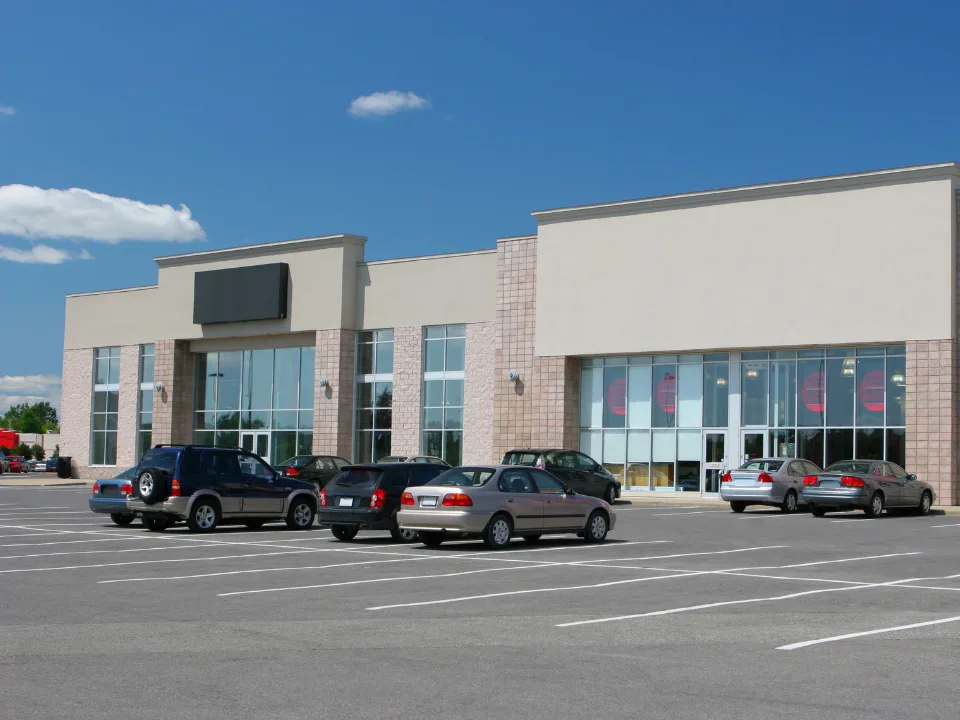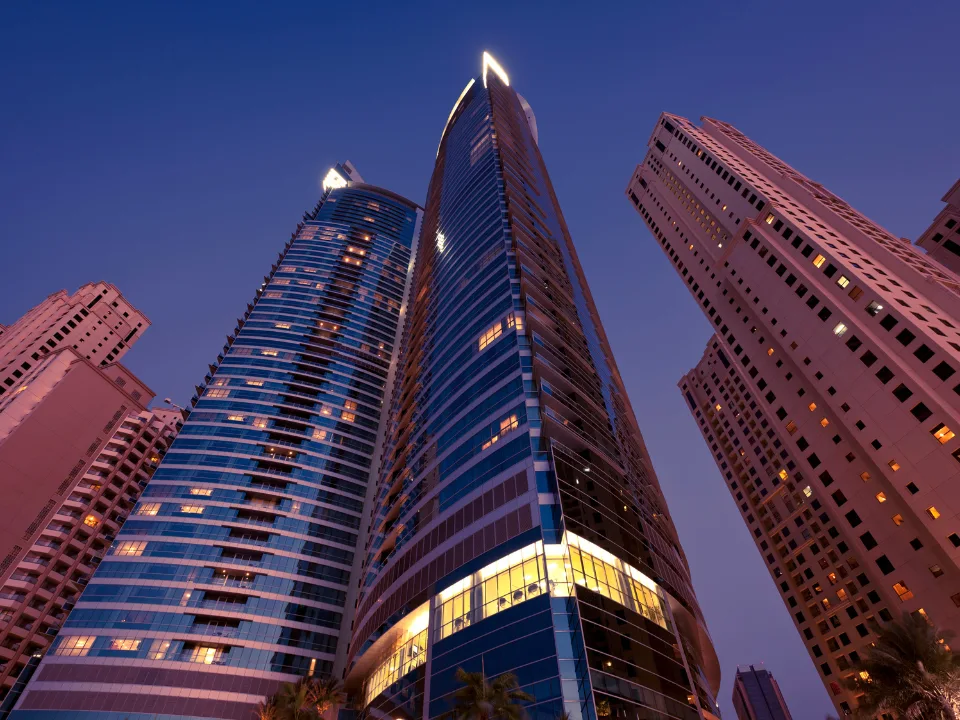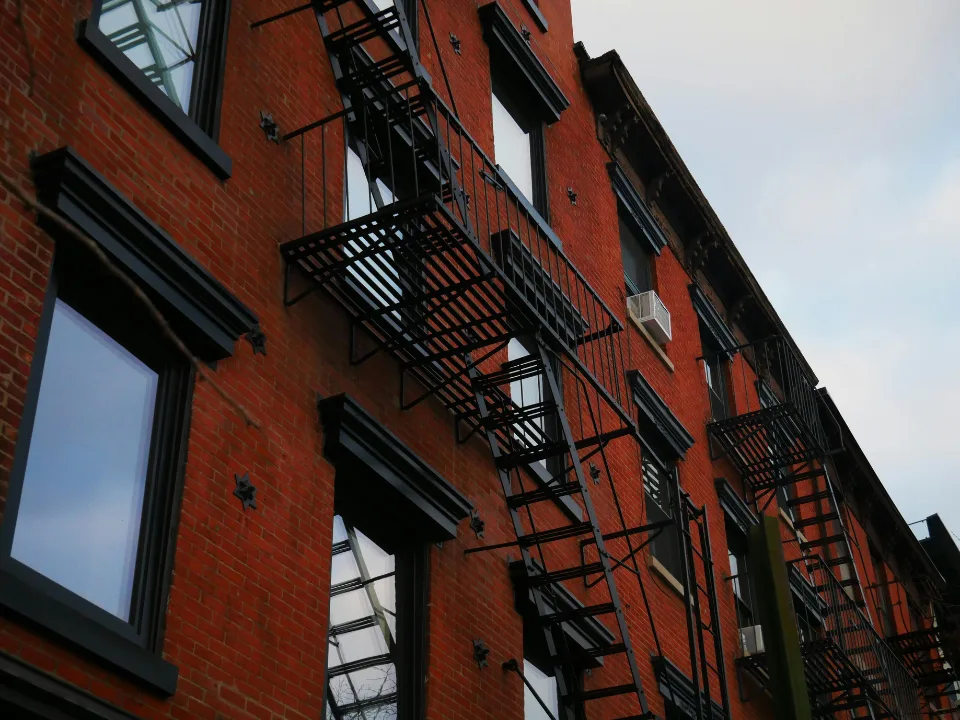- NYC’s biggest office landlord, SL Green, reported better-than-expected Q2 results, indicating stronger portfolio performance.
- SL Green is on track to lease 2 MSF in 2024, having already secured tenants for 1.4 MSF, with occupancy expected to reach 91.5%.
- Manhattan office availability is high at 17.9%, giving tenants leverage in rent negotiations, especially for Class A buildings.
- Some areas like Midtown and Hudson Yards are showing resilience, while Downtown continues to struggle with higher vacancies and lower rents.
According to the Wall Street Journal, Manhattan’s largest office landlord, SL Green (SLG), outperformed expectations in Q2.
By The Numbers
Funds from operations reached $2.05 per share, compared to the anticipated $1.65, partly due to the popularity of SLG’s Summit observation deck at One Vanderbilt.
SL Green is also making great progress towards two major goals: leasing 2 MSF of space by 2024 and achieving a 91.5% occupancy rate this year. So far, the office landlord has already secured tenants for 1.4 MSF, indicating positive momentum despite a highly competitive market.
Stiff Competition
Since March 2020, Manhattan has seen an influx of 42.8 MSF of office space, equivalent to the city’s entire financial district. This surge in supply pushed the Big Apple’s office availability rate to 17.9% by the end of June, slightly down from the all-time high of 18.1% in Q1.
Unsurprisingly, high office space availability gives tenants significant leverage in rent negotiations, especially for Class A buildings, which are capturing more leasing activity. Class A buildings built in Manhattan since 2000 have a lower-than-average availability rate of 13%.
Despite the overall high availability rate, certain parts of Manhattan are faring better than others:
- Midtown Manhattan, particularly the Plaza District, is reporting fewer empty offices.
- Hudson Yards, Greenwich Village, and Chelsea asking rents surpassed pre-pandemic levels.
- Downtown Manhattan is struggling with higher vacancies and declining rents.
Why It Matters
One strategy to reduce excess office space is to convert old buildings into newer residential properties, as seen with the Flatiron Building. In the past few years, Mayor Eric Adams’ administration has proposed and/or rolled out several different initiatives to support these types of conversions.
But in reality, a significant spike in office demand would be needed to significantly impact current availability rates.
And despite recent gains, SLG shares remain 30% below pre-pandemic levels. So, while there are glimmers of hope on the horizon, Manhattan’s office landlords still face a tough road ahead.

















